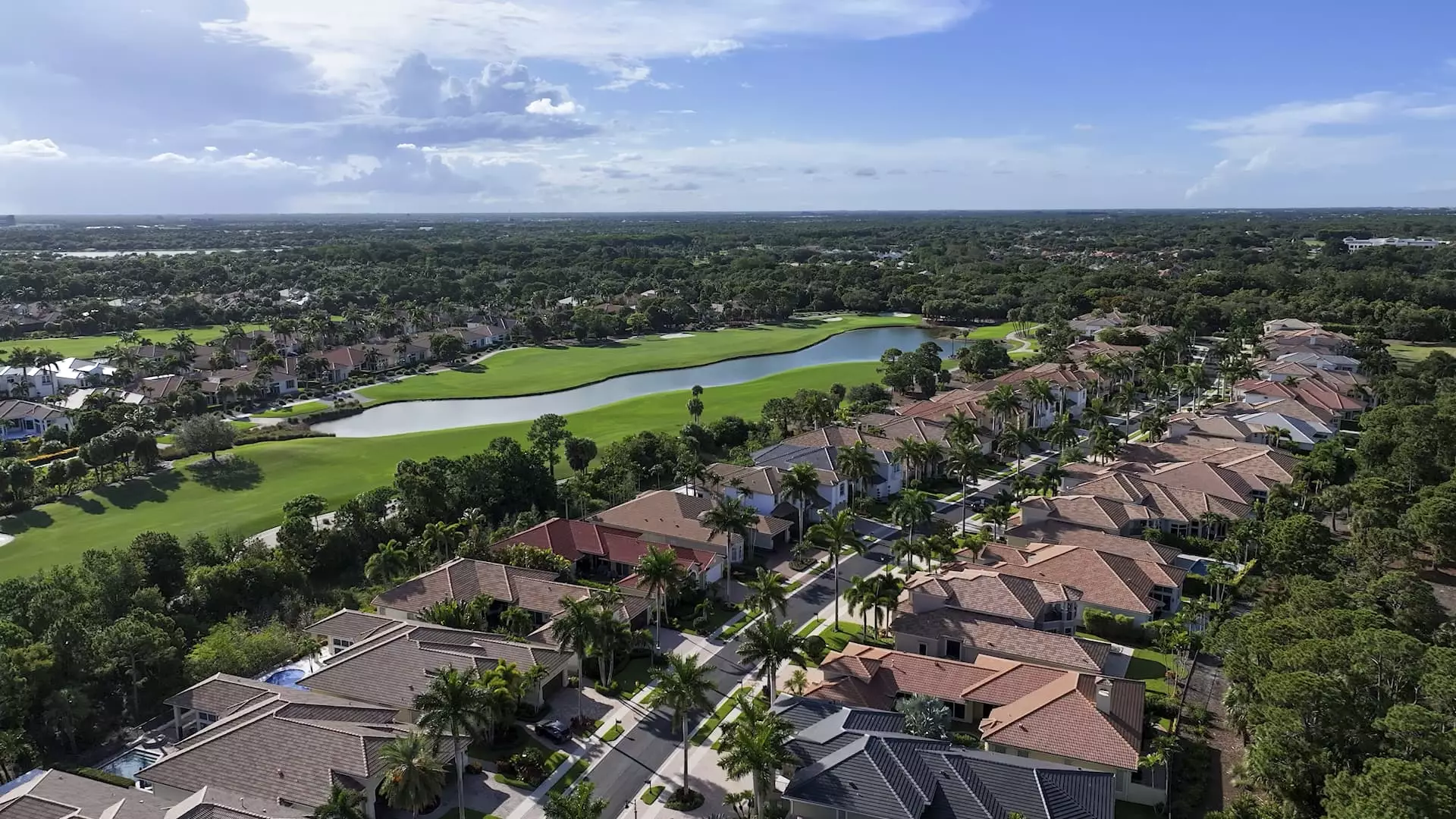Gated communities are often romanticized as idyllic sanctuaries away from urban chaos and societal dangers. They promise exclusivity, comfort, and a curated lifestyle, but at what cost? These enclaves serve as modern fortresses, carefully crafted to shield a privileged segment of society from the realities many others face daily. The appeal is undeniable, especially in regions like Florida and California, where climate and space make sprawling gates appear as natural extensions of comfort. Yet beneath this veneer lies a troubling philosophy: that safety and privilege should be confined within physical barriers, perpetuating a cycle of segregation and inequality.
The Economic Divide and the Price of Privacy
While some might argue that gated communities simply cater to those seeking a higher quality of life, the truth is far more complex. The significant financial investments—both in home prices and hefty HOA fees—act as gatekeeping tools, creating economic barriers that diminish social mobility. These homes often cost 5% to 20% more than comparable properties, with homeowners willing to pay a premium for exclusive access—not just to amenities but to perceived social status. The recurring theme? Comfort and security are commodities for the wealthy, and by sealing themselves into these artificial bubbles, residents distance themselves from broader societal issues, effectively privatizing their sense of safety and well-being.
The Security Illusion and Its Limitations
Security is of course a fundamental selling point, yet American gated communities often rely on less stringent measures than their international counterparts. Some gates are unstaffed, serving more as access controls than physical barriers to danger. Experts argue that in the United States, where violent crime rates are relatively moderate, gating is less about protection and more about controlling access—maintaining exclusivity rather than warding off crime. This shift reveals a deeper desire: the need to reinforce social boundaries rather than address systemic issues. Gated communities become symbols of aversion to the unpredictable, a way for the affluent to insulate themselves from societal inequalities and rising tensions elsewhere.
The Hidden Costs of Comfort and Control
Beyond initial home costs, homeowners face substantial ongoing expenses—HOA fees and membership dues—that fund upkeep, amenities, and security. These fees act as a form of economic gatekeeping, ensuring that only those with sufficient resources participate fully in this curated environment. Interestingly, despite their high prices, homes in these communities often appreciate faster—a testament to their perceived desirability. Yet, this prosperity is a double-edged sword. The rapid turnover and high appreciation rates highlight a market driven by exclusivity rather than community-building—a reflection of societal priorities that favor segregation over integration.
False Promises and Societal Fragmentation
Ultimately, gated communities promote a dangerous narrative: that safety and happiness can be bought and confined within physical barriers. While they may offer momentary relief from societal friction, they also deepen divisions, foster inequality, and reinforce the illusion that societal problems can be solved through separation. As long as this mentality persists, we continue to build walls—metaphorical and literal—further isolating ourselves from the shared challenges that define our society.


Leave a Reply